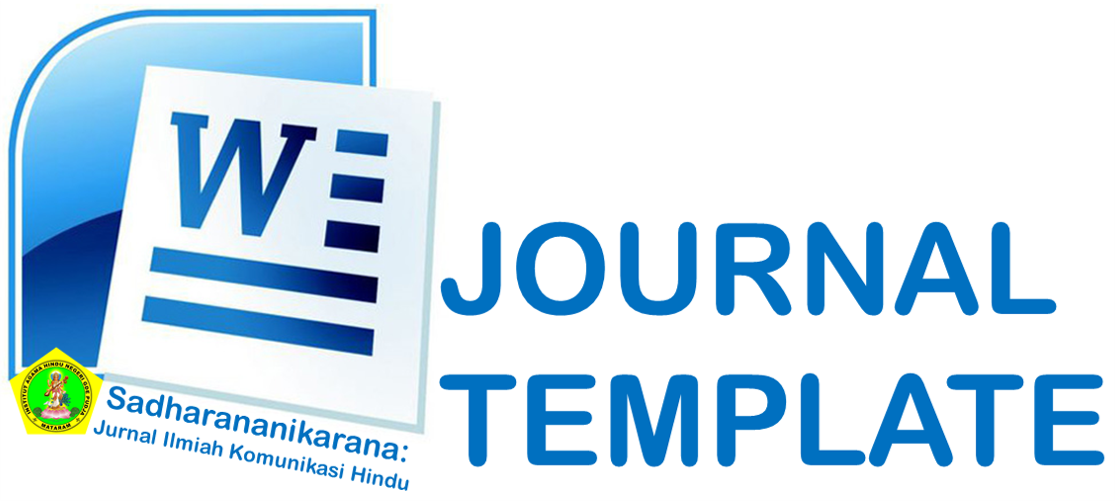Ilmu Prosodi Dalam Komunikasi Guru Pendidikan Anak Usia Dini
Abstract
This article discusses the importance of prosody in the communication of early childhood education teachers. Prosody involves the appropriate use of intonation, rhythm, and speech tempo to enhance language comprehension, speaking skills, and children's engagement in learning. The article explains the positive impacts of utilizing prosody in children's learning, including better language comprehension, smoother speaking skills, improved understanding of meaning, increased engagement and motivation, and the development of social-emotional skills. Challenges in the use of prosody are also addressed, such as limited awareness and practical skills in regulating intonation and speech rhythm. However, the article also provides strategies to overcome these challenges, such as training and professional development, collaboration, reflection, the use of technology, and feedback. The implications for the professional development of teachers in prosody are also discussed, including training, collaboration, the use of technology, observation, and the formation of learning communities. This article provides an in-depth understanding of the role and benefits of prosody in the communication of early childhood education teachers, as well as practical guidance for teachers' professional development in mastering prosody.
References
Cutrone, P., & Brown, E. (2016). Prosody in early childhood language and literacy development. Early Childhood Education Journal, 44(6), 613-621.
Ekaningtyas, N. L. (2023). Aplikasi Psikologi Komunikasi dalam Menstimulasi Moderasi Beragama pada Anak Usia Dini. Caraka: Jurnal Pengabdian Kepada Masyarakat, 115-125.
Golinkoff, R. M., Can, D. D., Soderstrom, M., & Hirsh-Pasek, K. (2015). (Baby) talk to me: The social context of infant-directed speech and its effects on early language acquisition. Current Directions in Psychological Science, 24(5), 339-344.
Gudykunst, W. B., & Ting-Toomey, S. (1988). Culture and interpersonal communication. Sage Publications.
Harining, N. L. S., & Suardana, I. K. P. (2023). Pola Komunikasi Orang Tua dalam Menekan Dampak Negatif Konten Short Video Media Online YouTube pada Anak Usia Dini. Sadharananikarana: Jurnal Ilmiah Komunikasi Hindu, 5(1), 854-863.
Haryanto, B., & Setyaningsih, W. (2020). The Role of Prosody in Early Childhood Education. International Journal of Early Childhood Education and Care, 9(2), 87-94.
National Association for the Education of Young Children (NAEYC). (2009). Developmentally appropriate practice in early childhood programs serving children from birth through age 8. NAEYC.
National Research Council. (2012). Education for life and work: Developing transferable knowledge and skills in the 21st century. The National Academies Press.
Petch-Tyson, S. (2010). Prosody and early literacy: Teachers' knowledge, practice and confidence. Australian Journal of Teacher Education, 35(4), 77-90.
Pramitasari, D., & Setiawan, A. (2019). Prosody and Communication Skills in Early Childhood Education. International Journal of Early Childhood Education and Development, 1(1), 45-54.
Rowe, M. L. (2012). A longitudinal investigation of the role of quantity and quality of child-directed speech in vocabulary development. Child Development, 83(5), 1762-1774.
Rudianto, A., & Rakhmawati, E. (2019). Prosody and Effective Communication in Early Childhood Education. Journal of Educational Research and Evaluation, 1(2), 112-121.
Snow, C. E., & Dickinson, D. K. (Eds.). (2016). Handbook of early literacy research (Volume 3). Guilford Press.
Suryani, D., & Permatasari, I. (2018). Enhancing Communication Skills in Early Childhood Education through Prosody Training. Journal of Early Childhood Education and Development, 1(2), 87-94.
Susilo, A. (2017). The Use of Prosody in Early Childhood Education: A Review. Journal of Early Childhood Education Studies, 1(1), 25-34.
Wulandari, I. G. A. S., Arjana, I. B. M., & Suardana, I. K. P. (2023). Komunikasi Interpersonal Dalam Pergaulan Remaja Broken Home Di Kecamatan Mataram. BICARA: Jurnal Ilmu Komunikasi, 1(1), 13-19.

This work is licensed under a Creative Commons Attribution-ShareAlike 4.0 International License.





.png)


.png)






